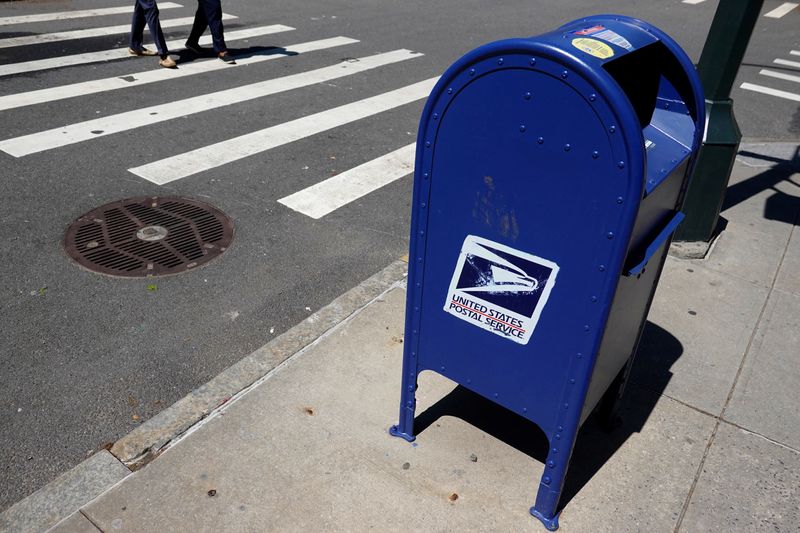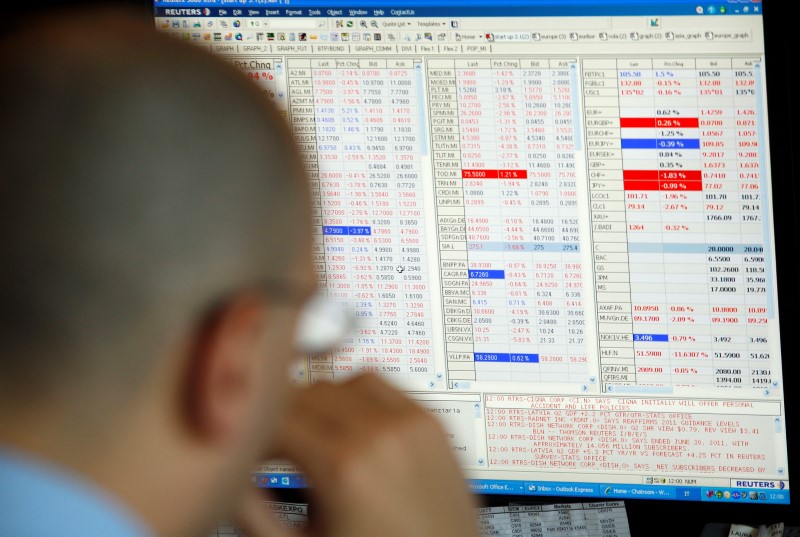By David Shepardson
WASHINGTON (Reuters) – The price of first-class U.S. stamps will rise from 68 cents to 73 cents on Sunday, the latest in a series of price increases.
The plan, announced in April and approved by the Postal Regulatory Commission in late May, increases overall product prices for postal services by 7.8%. So-called Forever first class stamps can be used at any time, even after prices have increased.
The US Postal Service reported an annual net loss of $6.5 billion in November as first-class mail fell to its lowest volume since 1968. By Sunday, stamp prices will have risen by 46% compared to 2019, when they were still 50 cents.
USPS has been aggressively raising stamp prices as it has lost more than $100 billion since 2007. It is in the midst of a 10-year restructuring plan announced in 2021 that aims to eliminate expected losses of $160 billion over the next decade.
USPS is the world’s largest delivery company, processing 123 billion pieces of mail and packages annually. It says it accounts for 44% of the world’s mail.
The agency has said it expects its new pricing policy to generate $44 billion in additional revenue by 2031.
The volume of first class mail, which fell 6.1% to 46 billion pieces in the 12 months ending September 30, 2023, has fallen 53% since 2006 – to the lowest volume since 1968. It is used by most people to send letters mail and pays bills and is the highest-revenue postal category, accounting for $24.5 billion, or 31% of USPS revenues in 2023.

In April 2022, US President Joe Biden signed legislation providing USPS with approximately $50 billion in financial assistance over a decade.
In May, U.S. Postmaster General Louis DeJoy agreed to suspend further planned consolidation of the Postal Service’s processing network until at least January after a bipartisan group of senators raised concerns about the impact on mail delivery.


